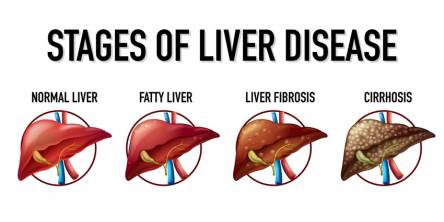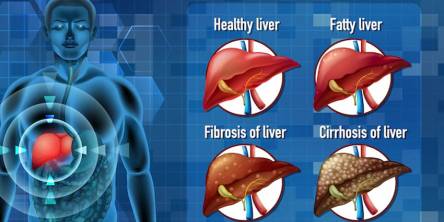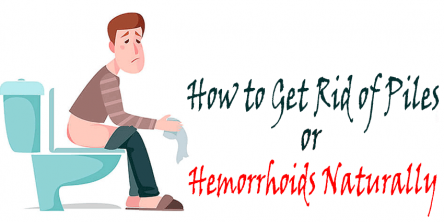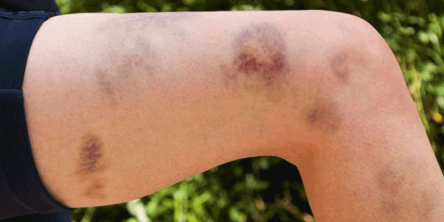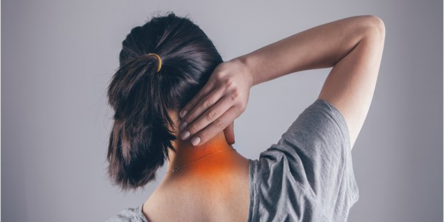How Oil Pulling helps in Slowing Down Gum Recession?
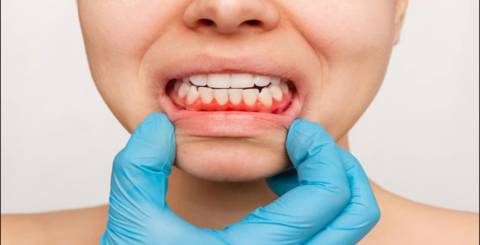
Abstract
Nowadays dental problems are so common in day-to-day life we know someone who is suffering from dental problems or sometimes it happens to us only. Before the modern system, problems related to the oral cavity, plaques and oral infections were treated by practising Ayurveda. Ayurvedic medicine has the potential to treat many chronic and infectious diseases. Evidence shows that all kinds of chewing herbs described in Ayurveda have medicinal and anti-cariogenic properties. The oil pulling therapy of Ayurveda is known to be the effective treatment of 30 systemic diseases. They are known as kawala and gandusha. Herbal medicines are made up of herbs, herbal formulations and products that are obtained from plants and their active ingredients. Evidence shows the specific use of Ayurveda in oro- dental problems gives better results than any other treatment.
INTRODUCTION
In Ayurveda dental health is called as “danta swasthya'' it is customised according to the prakriti of each person. For maintaining good oral health in classical medicinal textbooks, a description is given about dinacharya in the daily activities of normal life. They also mention procedures which can be helpful in maintaining good oral health. In India, these methods have been used for many centuries. This knowledge has been passed from word of mouth to others which is described in ayurvedic medicinal books. In the past decade, it has been seen that interest in Ayurveda has increased. According to the estimation, it is said that almost 65% of the population in rural India used ayurvedic herbal medications for their primary health care needs.
WHO estimated that nearly 75% of individuals are using herbs for treatment worldwide. WHO is helping Ayurveda by recommending it for primary health care services. They believe that Ayurvedic herbal medicines and therapies are giving the best results i.e these need to be popular among individuals in these communities who accept this. Ayurveda should be focused on the light of individual knowledge and it must be used along with modern medicine so that they can get health benefits.
GUM RECESSION
The disease related to periodontium (dantamula) is one of the major problems of the oral cavity. It occurs commonly in children and adults. Periodontal problems are placed under Shitada in Ayurveda. The disease shitada is considered to be the early stage of dantamulagata roga, which affects the dantavestha(gums).
SYMPTOMS OF SHITADA
- Akasmata Rakta Srava (Bleeding gums)
- Mukhadurgandhaya( Bad breath)
- Mriduta( Sponginess)
- Krishnatta (Discoloration)
- Prakledata (Moistness)
- Shiryamaanta(Gingival recession)
CAUSES
NIDANA(cause) AS PER AYURVEDA
|
AHARAJA (Dietic factors) |
VIHARAJA(Lifestyle and Environmental factors) |
MANSIKA |
|
FISH INTAKE(MATASAYA SEWAN) |
Head low position during sleeping(Avakshaiya) |
Emotions like sorrow, fear, anger (Shoka, Bhay, Krodha) |
|
EXCESSIVE MEAT INTAKE (ATI MAMSA SEVNA) |
Sleeping excessively in lateral positions( Ati parshawa shayana) |
Tooth brushing avoiding( Dantdhavanadvesha) |
|
EXCESSIVE INTAKE OF PUNGENT, ACIDIC, SALINE, ALKALINE, TASTE FOODS(ATI KATTU, LAVANA, KSHARA, SEWAN, IKSHU, SUKTA, FANIT SEWAN) |
Unsuitable foam(Anuchita Dhum) |
Vega retention(vega vidharna) |
PATHOGENESIS
- Samprapti ghatak (Pathogenesis Constituents)
- Dosha- Kapha, Rakta Pradhana
- Dushya- Rasa, Rakta, Mamsa
- Srotas- Rasavaha, Raktavaha, Mamshvaha
- Sroto Dushti- Sanga
- Agni- Jatharagni Mandya
- Rogamarga- Bahya
The main factors of shitada manifestation are vitiation of kapha and Pitta.
Variations of doshas happen due to aharaj and viharaj nidaan(causal factors) . Ashrayidhatus also get imbalanced like- Rakta, mamasa and rasa due to vitiation of these doshas.
OIL PULLING
The earliest literature on medicinal herbs is from Vedic period. Sushruta Samhita and Charaka Samhita are known to be the earliest authoritative text. Ayurveda believes in a predominantly lifestyle approach for good health and the prevention of diseases. Ayurvedic practitioners have developed many therapies and procedures nowadays taking guidance from ancient medicinal books. In recent years it is seen that the interest of people has increased in ayurvedic medicine because the products are natural and safe to use.
Varieties of herbal medicines are benefitting in dental problems such as chewing sticks and herbal brushes Babool(Vachellia nilotica), Neem(Azadirachta indica), Turmeric(Curcuma longa), Aloevera( Aloe barbadensis miller), Ginger(Zingiber officinale) can also be used in many oral hygiene p procedures as well as for treatment of various oral problems. It has been used since ages to delay dental decay, bleeding gums, cracked lips and for strengthening teeth.
In this ayurvedic treatment, it is recommended to take oil in the mouth and swish for oral and systemic health benefits. It has very good effects in promoting the defence mechanism of the oral cavity and endeavouring cleansing action. Sesame (Sesamum indicum)seed oil is popularly used in Ayurveda for providing strengthening and health benefits. Sesame oil(til tail) also contains antioxidants such as sesamin, sesamolin and sesamol. These are helpful sources of vitamin E, an antioxidant and detoxification of toxins. It is claimed that oil pulling activates enzymes and detoxifies the blood. Sometimes sunflower oil is also used. In some research, it is found that oil pulling from sunflower oil helps in resolving problems of plaques.
OIL PULLING IN GUM RECESSION
In gum recession to reduce inflammation two types of procedures were given: gandusha and kawala. They are beneficial in providing strength and cleansing to the oral cavity.
- Gandusha- In this oil is taken inside the mouth and it should be in sufficient quantity that it can’t be moved after that spit it out and rinse with lukewarm water
- Kwatha - In this procedure, oil is pulled inside the mouth and it should be moved so take it in small quantities. Some kwatha mentioned below are basically decoctions of herbal plants.
- Babooltwak kwatha (Vachellia nilotica), Amla (Embllica officianialis), Harad (Terminalia chebula), Behada (Terminalia bellerica), Priyangu (Aglaia elaeagnoidea) etc
- Nagaradi kwatha, irimedadi taila (Acacia farnesiana) are useful in the preservation of periodontal health. Gandusha increases the efficacy in providing strength and also helps in delaying the pathogenesis of the disease.
- The katu tikta kashaya rasa of these helps in balancing kapha and pitta which is helpful directly in overcoming the symptoms and treatment of these diseases.
CONCLUSION
So it is clear from the above discussion that oil pulling is helping in gum recession by maintaining oral health and providing strength to the teeth for fighting against any kind of periodontal disease. The efficacy of this therapy is evidenced in many types of research. Ayurveda describes the dantamoolagat vyadhi in described form and ayurvedic practitioners can use this information and treat patients well. Ayurvedic herbs act very specifically at a micro organismic level to treat the diseases and they are safe to use. The cost of Ayurveda medicine is also much lower and according to the patient's diseases, they are not corrupted like modern medicines. Lack of awareness among general people causes the patient to suffer from wrong diagnosis and treatment. Ayurvedic management is able to treat disease well and in both way (preventive and curative).
Similar Articles
The liver is a Vital organ which is responsible for a number of essential functions that include detoxification of harmful substance, metabolising nutrients, production of bile for digestion, regulates blood sugar levels by storing and releasing glucose, synthesis of protein, break down of fats through Beta- oxidation.
In ancient times when there was no professional method of health examination, people usually figured out health problems because of signs on one’s appearance. The change of skin color might be one of the most common signs that show something unusual inside the body.
When looking for help for substance abuse, finding and selecting the right drug rehab facility is a crucial step toward a patient's recovery. While there are plentiful options available, it can be overwhelming for people to choose the best one suited to their individual needs.
Fatty Liver Disease (Steatosis) is a common condition which denotes the excessive accumulation of fat in the liver. The liver is located in the upper right-hand portion of the abdominal cavity on the stomach, kidney and intestines. The liver is the major metabolic organ which is found in vertebrate animals
According to the World Health organization (WHO), Mental disorders are on the rise in this era, every one in eight individuals is suffering from a mental disorder. There are a variety of mental health disorders
Burger, Pizza, Cold-drink, Sweets, Chocolate, Fries, Samosas, I know your mouth is watering after reading this, right?. But do you know how it is destroying our digestive system and especially our liver
People are pursuing their objectives and dreams with such savagery that they neglect to do the basic things right. The developing rivalry in working environments and the requirement for steady proficient improvement are what shapes our lives
Nowadays many people are suffering from thrombocytopenia or ITP. This is basically a condition of low platelet count. After listing the name of this disease, few questions arise in the mind of everyone. What are platelets, what is their significance in the body, what are the possible consequences of reduced platelets?
Fibromyalgia is a chronic pain disorder that is very common as well as complex affection for the patient physically, mentally, and socially as well. It is a type of neurosensory disorder that shows symptoms like stiffness in the joint, widespread muscle pain, and fatigue




